Talkers are one of the most common mushrooms in our forests. They are characterized by great demand among mushroom pickers, as they have high palatability and a minimum of toxic doubles. Having read the photo and description, it is easy to recognize govorushki mushrooms - these are funnel-shaped hat-shaped fruits of small sizes growing in groups. They grow most often in deciduous forests. Mostly, only their hat is eaten.
Content
Characteristics of Talkers
Talkers belong to the type of hat mushrooms and the family of ordinary. They also have some differences among themselves, which must be studied in order to distinguish edible varieties from inedible ones. There are also poisonous varieties in the family, therefore it is recommended to collect this species only for experienced mushroom pickers.
Appearance and photo
All representatives have fruiting bodies of medium or small sizes. The average diameter of the hat is 3-7 cm. The hat is mostly light shades, sometimes grayish, in the center there is a small depression - it has a funnel shape.
The hat is smooth and dry to the touch. The stalk of the mushrooms is thin and high. On the back of the hat there are thin, white plates that go to the top of the legs. The spore powder of the fungus is light, sometimes creamy.
Habitat
Govorushki can be met most often in deciduous forests. It is there that they form mycorrhiza with trees. Organisms grow in groups often called the witch circle. This phenomenon is accompanied by the growth of a large number of mushrooms in a circle, with an empty space in the center.
In addition to forests, this species can also be found in grassy areas, for example, in meadows or in parks. In Russia, mushrooms are common in temperate climates, and can also be found in Siberian forests and in the Primorsky Territory.
Collection rules
Experienced mushroom pickers recommend collecting talkers from mid-August to October. The peak of their productivity falls in mid-September. Many varieties of talkers grow in groups, which greatly facilitates the collection.
The gathering place for talkers depends on the characteristics of the variety, however, most of them grow in forests near trees, where a large number of fallen leaves or moss predominate.
Edible talkers with photo
In order not to confuse the edible varieties with the poisonous, they must be able to be distinguished by external signs. Distinctive features and a description of edible varieties with photos are presented below.
Talker bent
This fungus grows both individually and in large groups-circles, which are localized mainly on the edges of the forest, near roads and in bushes. The mushroom has a large-sized smooth hat, the diameter of which often exceeds 12 cm. It is dirty yellow in color. The plates are white, gradually acquire a pinkish tint.
The leg is dense in consistency and high, about 15-20 cm. The color is the same as the hat. The pulp is dry. In young mushrooms, it is white, and over time it becomes brown and gets an unpleasant smell, therefore only young fruiting bodies need to be collected.The peak yield occurs at the end of summer and lasts until October. For cooking use only young mushrooms that are pickled or boiled.
Gray
The hat of this variety is inferior in size to the previous one and has an average diameter of 8-15 cm. The consistency is thick and fleshy, and in color it can be in different shades of gray. The plates are also characterized by a gray tint. The leg is wide, dense, low, the color of a hat.
The pulp exudes an aroma reminiscent of the smell of soap. Most often, the mushroom is found in mixed and coniferous forests in large groups. You can find it in the forest from late summer to November. Before salting or pickling the gray talker, it must be thermally processed - boil for 30-40 minutes in boiling water.
Goblet
A feature of this variety is a cup-shaped hat, with a diameter of about 7-8 cm. It has inwardly turned edges, a glossy surface and is painted in brown or ash gray. Few plates, have a brown color. The pulp is thin, watery in consistency.
Leg is high, about 10 cm, part near the ground is fluffy and extended. You can meet a goblet variety in coniferous, mixed, deciduous forests, where the forest litter is rich in organic substances. The peak of fertility occurs in August and lasts until September inclusive. Use the mushroom in boiled or salted form.
Orange
Orange talkers often grow in small groups or singly. Fruits from late summer to October. They are found in the humid part of coniferous or mixed forests, the litter of which contains a large amount of moss and fallen rotten leaves.
In size, the mushroom is small, yellow-orange in color, gradually becoming faded. The plates smoothly move to the leg, when pressed, change color to darker. The leg is low, on average 5 cm, rounded in shape, becomes thinner closer to the ground. The flesh is yellowish, odorless. Only a hat is used for food, which is fried or boiled.
Funnel
The name of the variety speaks for itself, since the shape of the hat very much resembles a funnel, with a diameter of about 8 cm. The surface is dry, the edges are wavy, and it has a dirty yellow color. The plates smoothly move to the leg. The pulp has a powdery smell. The leg is high, 8 cm long, thin, solid.
Funnel govorushki are the most common varieties of this species, and they can be found on fallen leaves near forest paths, in bushes in small groups or individually. Before cooking, heat treated. This species can be dried, and also consumed with other mushrooms.
Anise
Anise govorushki belong to the less common varieties of this species. The main feature of this variety is the variable shape of the cap. So, initially the mushroom has a hat curved inward, which straightens over time. The color is mostly green, with a gray tint. Leg is low, round in shape.
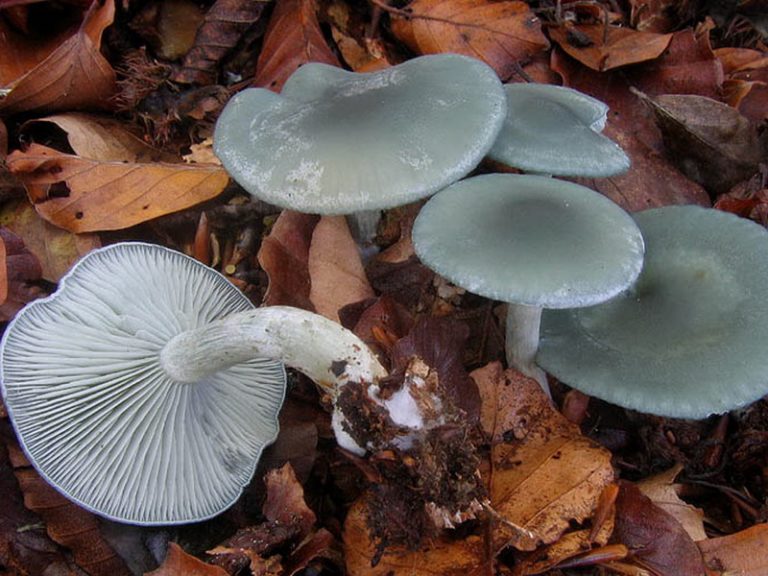
The pulp is thin, watery, with an anise smell, for which this talker got its name. The variety grows in mixed or coniferous forests singly or in small groups from late summer to October. Aniseed mushroom can be fried, boiled or pickled, previously kept in boiling water for about half an hour. Thanks to the heat treatment, the sharp anise odor almost disappears.
Giant
You can meet a giant talker in open areas, where it grows from August to October. The hat has a funnel shape and edges curved outward. The diameter is 12-15 cm, but some representatives can grow up to 30 cm. The surface is pleasant to the touch, silky, milky. The leg is dense and high.
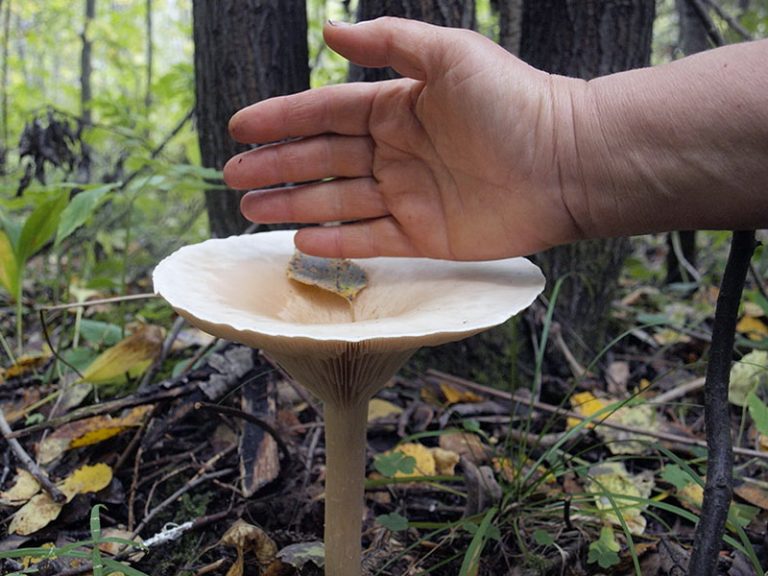
The pulp is fleshy, beige in color and with a light flour aroma, in old mushrooms it becomes bitter. The mushroom can be salted, pickled, and also added to different dishes. It is very important to heat treat the fruit body before cooking.This variety contains natural antibiotics that destroy the tubercle bacillus.
Inedible species of mushrooms
The distinctive features of inedible varieties are quite bright, even a beginner mushroom picker can determine them. Such features depend on the type of inedible talker.
Inverted
The main distinguishing feature of this species is considered to be a pronouncedly red or brick color of the hat. The shape of the hat is funnel-shaped, with a deep hole in the center, the edges are curved inward.
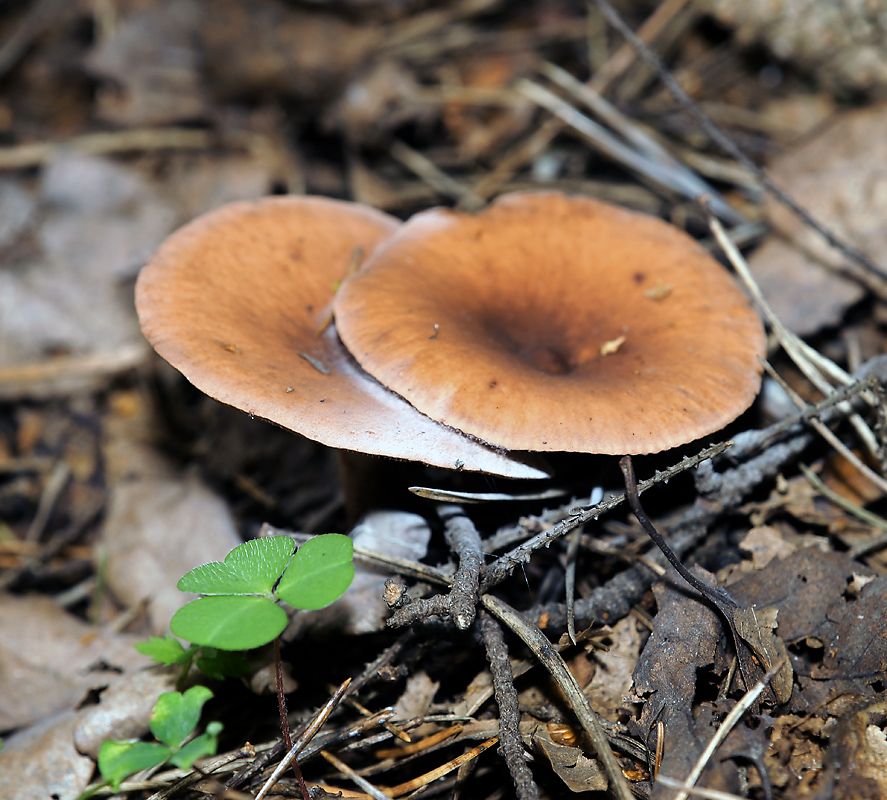
The size of the fruit body and the leg are small. The plates are rare, go to the top of the legs. It contains poisons that are dangerous to the human body.
Hairy
Initially, the hat is convex in this species, and eventually acquires a more flat shape with wavy edges. The surface of the hat looks matte, light gray.
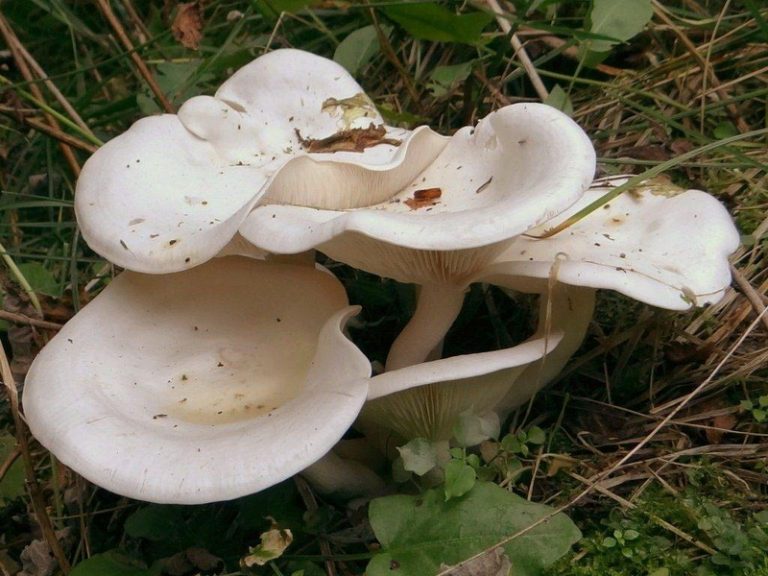
The leg has a dirty white color, low, with a small amount of villi in the lower part. The pulp has an unpleasant odor. Use can provoke severe intoxication of the body.
Whitish
The whitish talker is a small-sized mushroom that is white in color, with gray areas along the edges of the cap of irregular shape. Also, powdery coating with slight cracking may form on its surface.
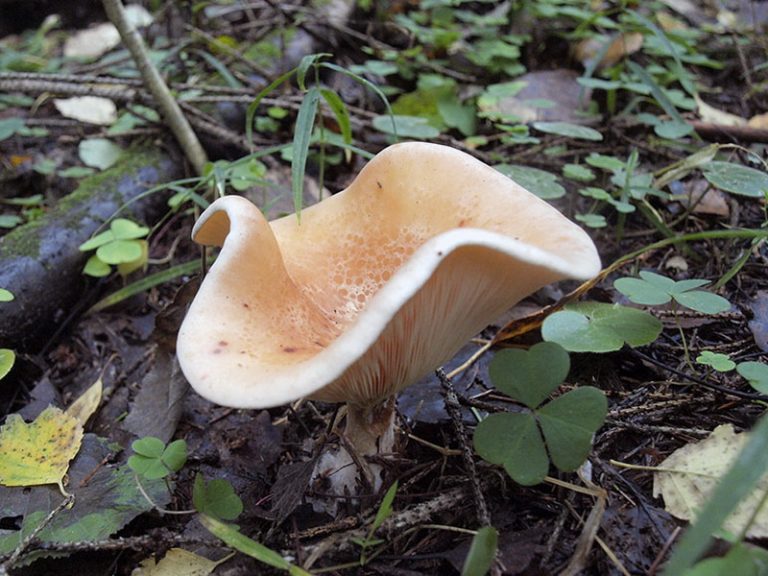
The records are mostly white. The flesh thins a faint powdery aroma. The leg is low, cylindrical in shape. Most often lives in an open area.
Reddish
The cap is small, pressed in the center, red-brown in color, the surface is often covered with a white coating, which cracks and forms concentric zones.
Leg up to 4 cm in height. The pulp is thin, without a pungent odor and taste. The plates are initially red and white, gradually becoming white.
Reddish brown
The mushroom has a wide funnel-shaped hat of a rusty color with a brown tint. The plates are creamy, rare.
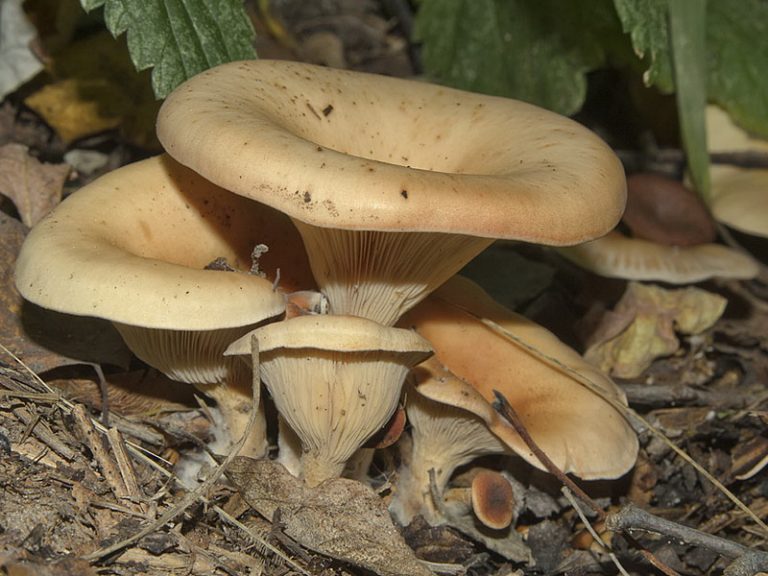
The leg is low. The variety is found before the first frosts in coniferous or deciduous forests.
Useful properties and restrictions on the use of talkers
Talkers are rich in vitamins, minerals, amino acids. They have a good effect on the digestive system and strengthen the immune system. Very often govorushki are used for diet, as they are low-calorie.
This variety is used to remove toxins, toxins and metal salts from the body. They also lower cholesterol, which reduces the likelihood of blood clots.
It is contraindicated to eat inedible and poisonous varieties, as this leads to severe poisoning and intoxication of the body. You can not eat mushrooms for children under 12 years old, people with gastrointestinal diseases, with caution - pregnant and lactating.
Treatment
You can eat only those types of talkers that are listed in the edible list. Before use, the mushrooms are washed, cleaned, heat-treated. To do this, they are put in a pot of boiling water for 30-40 minutes. The resulting broth is not used. After that, the mushrooms are suitable for further cooking.
Recipes
To prepare fried talkers, the mushrooms, previously boiled, are placed in a heated pan. During cooking, chopped onions, salt, pepper are added to the dish. At the end, you can add sour cream. Serve the dish warm, sprinkled with fresh herbs.
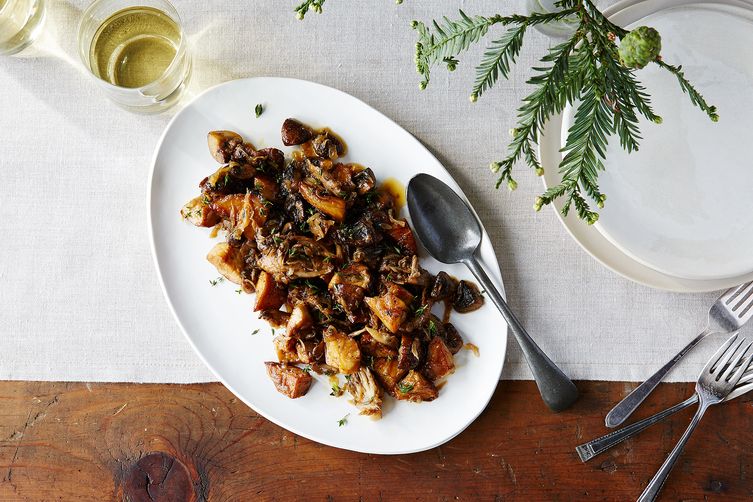
Experienced housewives recommend baking govorushki along with meat and potatoes. To do this, prepare and chop the mushrooms, put on a baking sheet. Put meat and potatoes on top and sprinkle with spices. Talkers can be served not only as an independent treat, but also added to the first and second courses.
Answers to widespread questions
Most often, questions arise about poisonousness, poisoning and cooking talkers:
- dyspeptic disorders;
- dizziness and drowsiness;
- confusion and loss of consciousness;
- malaise;
- a sharp drop in blood pressure;
- increased salivation.
Talkers are a common type of mushroom that includes both edible and poisonous varieties. If there is not enough experience in mushroom hunting, then it is better to bypass these mushrooms. But edible varieties have a large number of useful properties and are widely used in cooking.

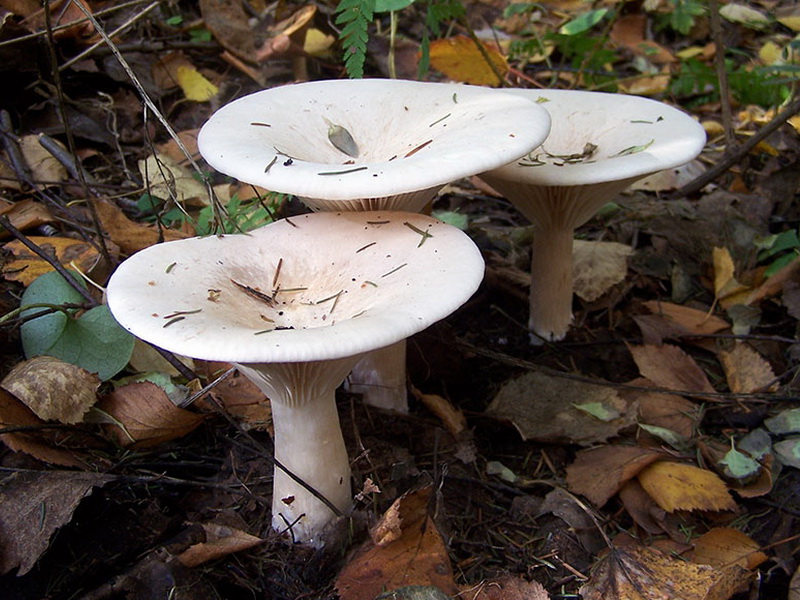
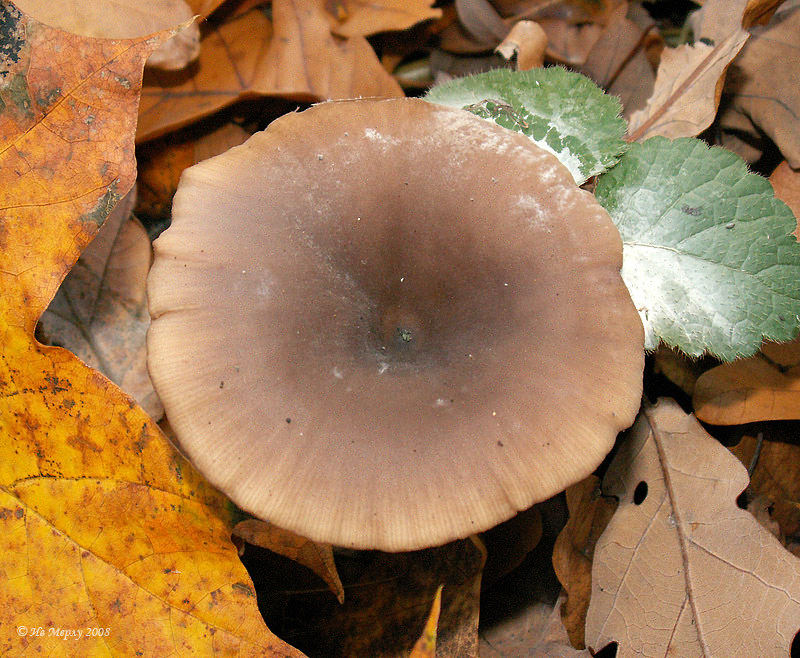
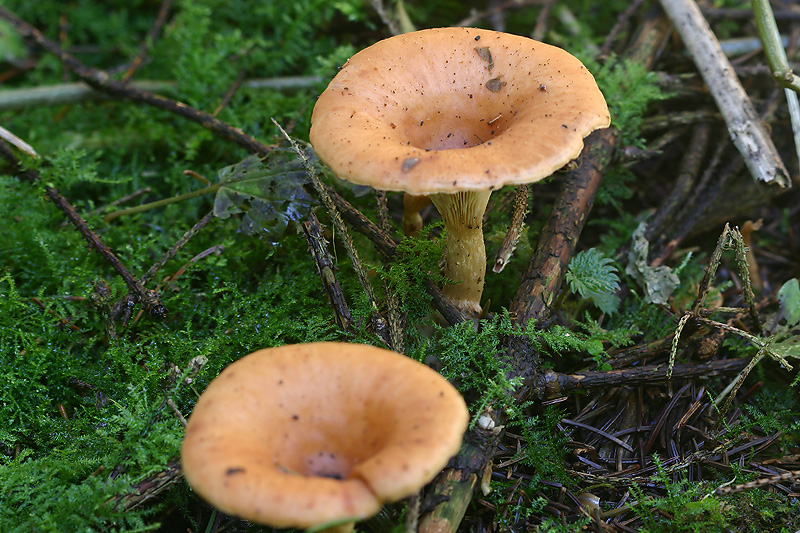
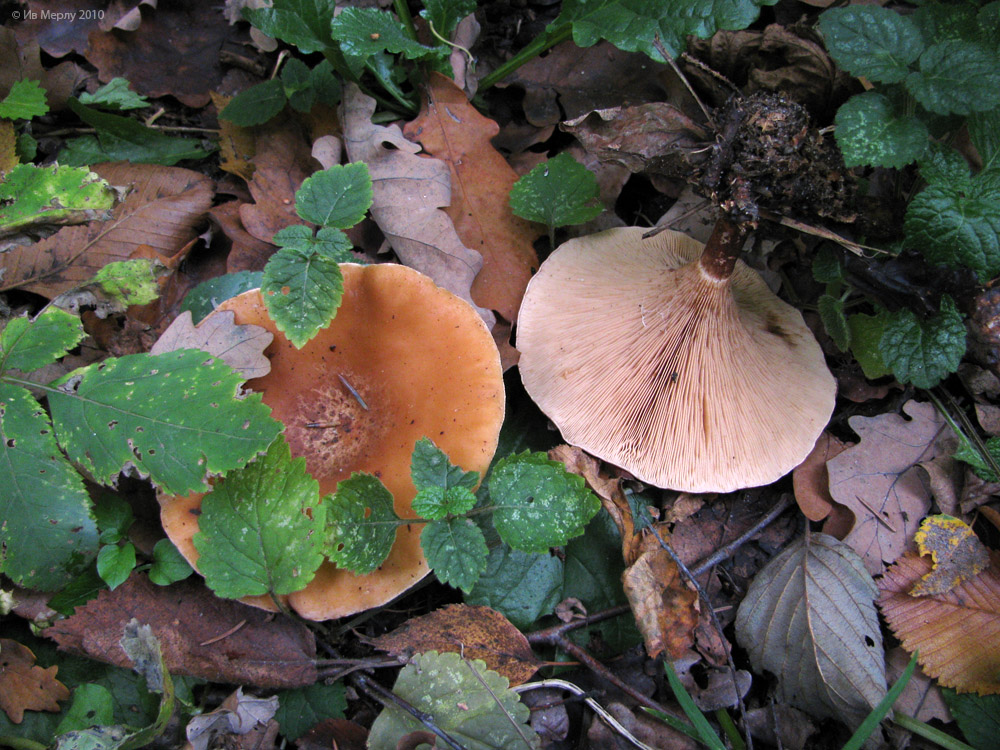
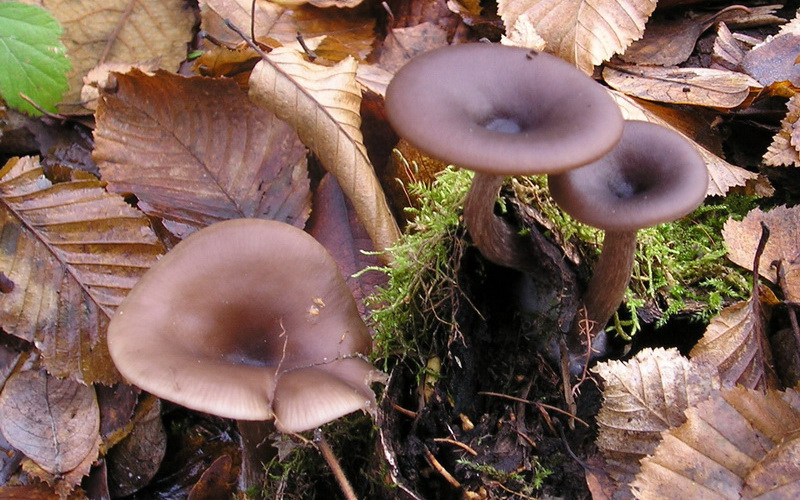
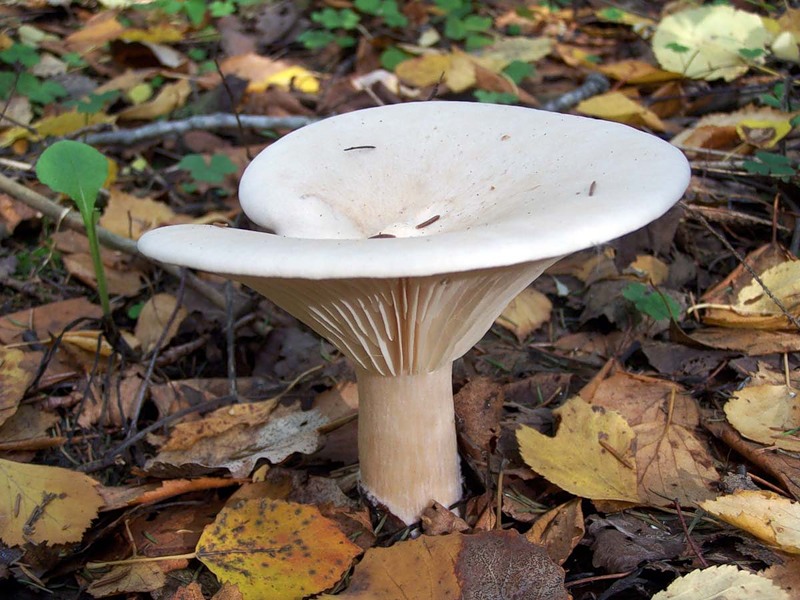
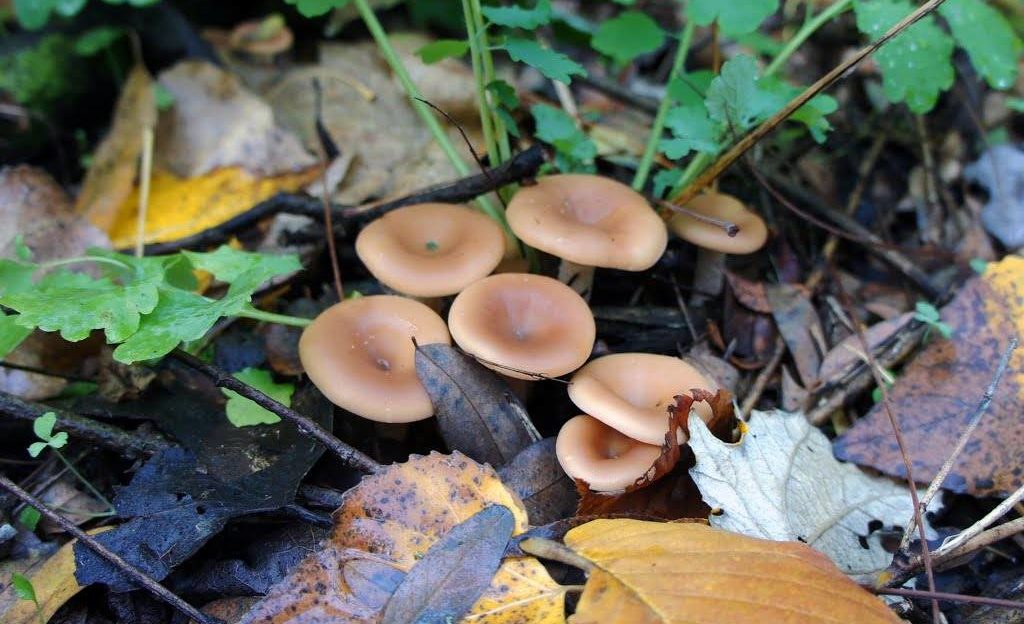
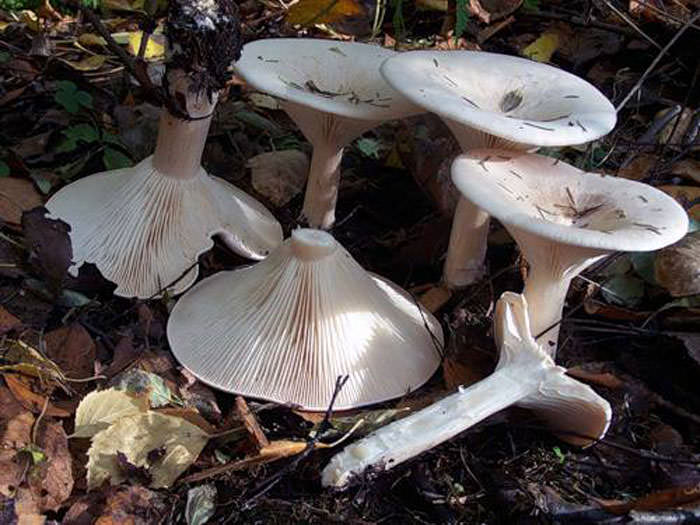
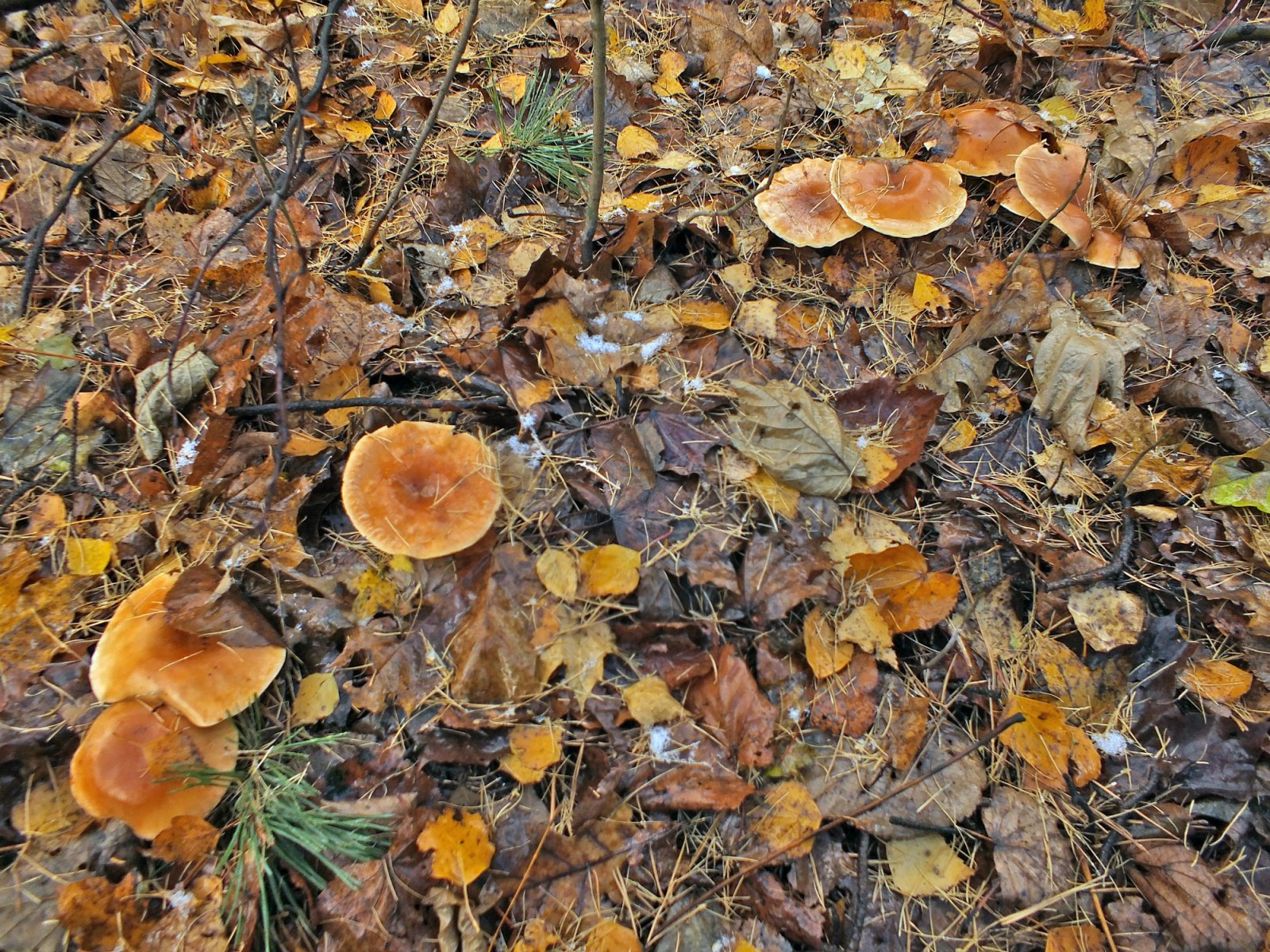
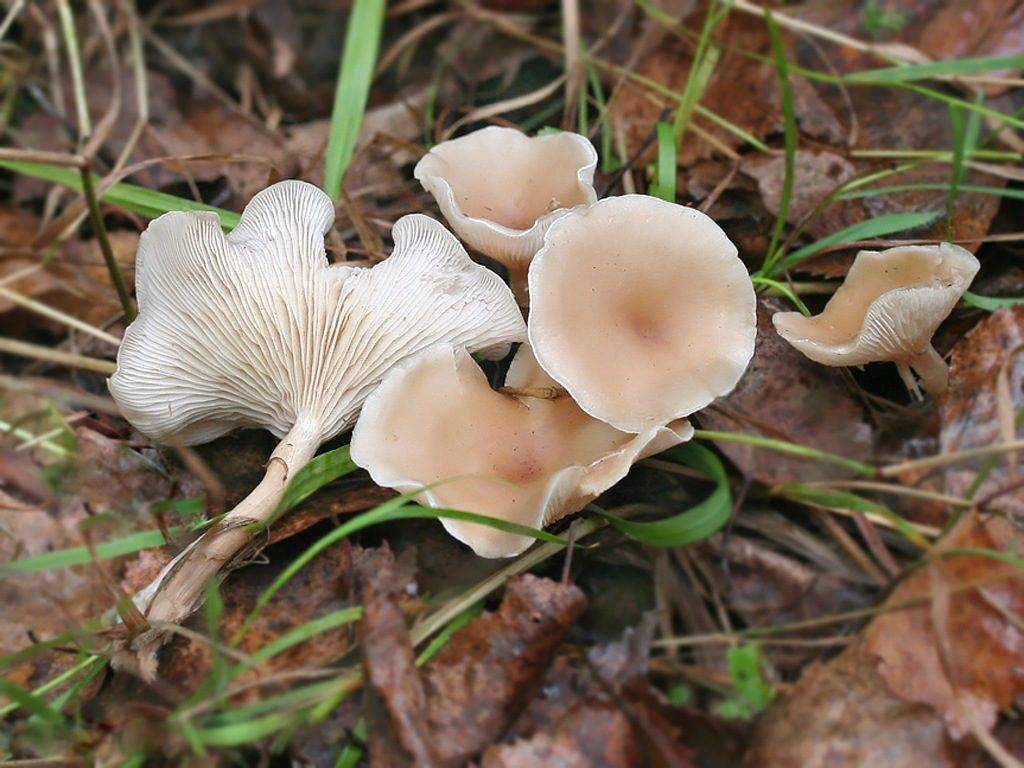
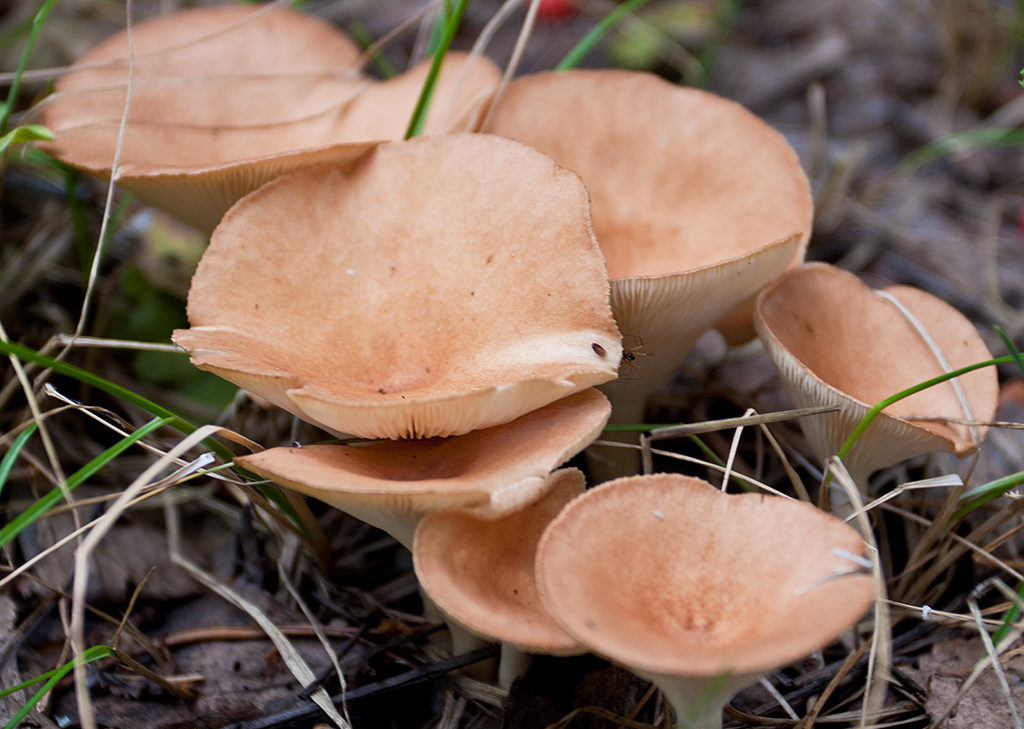
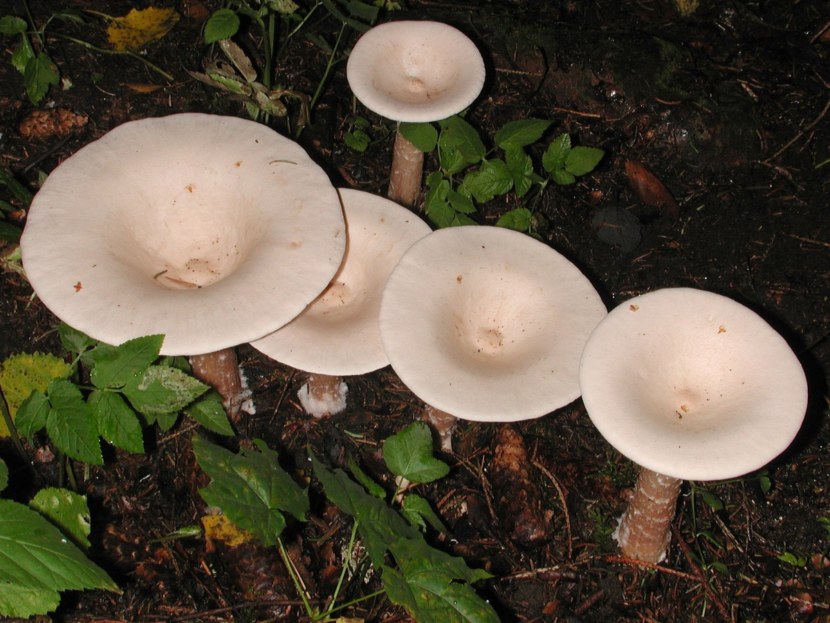
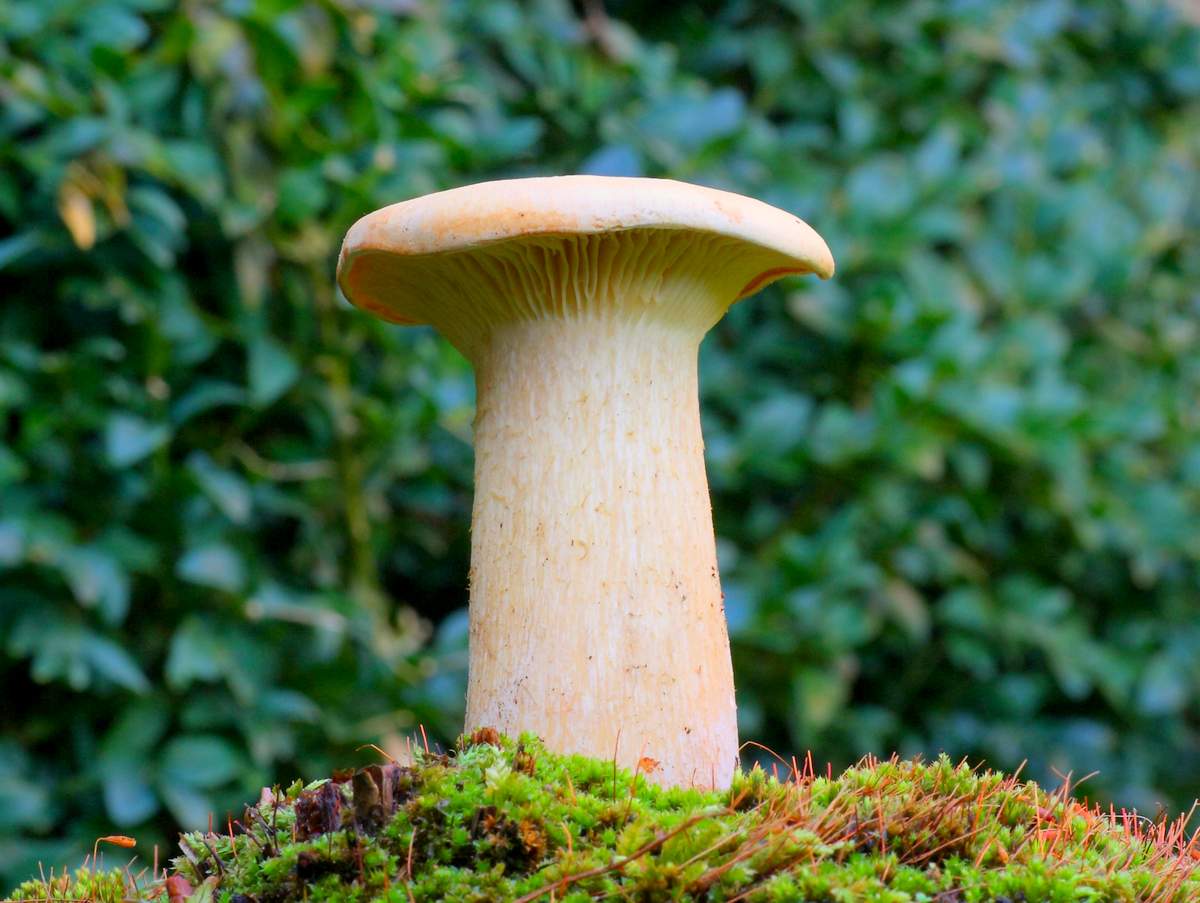
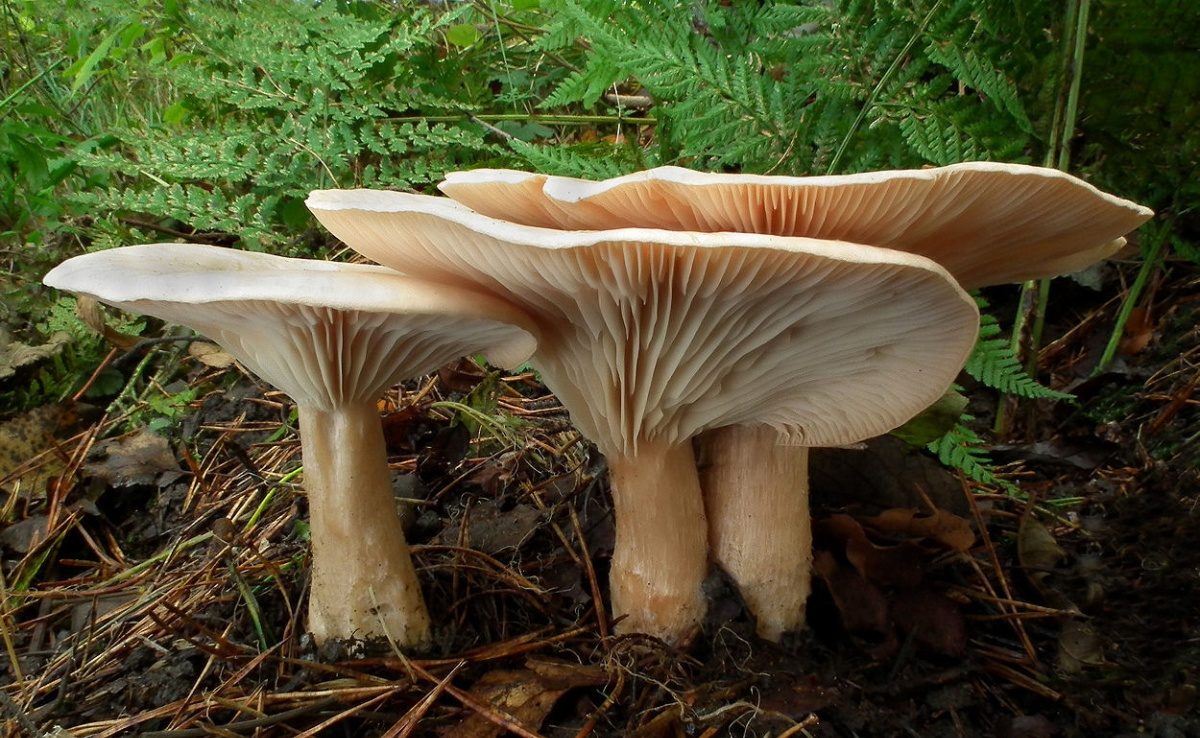
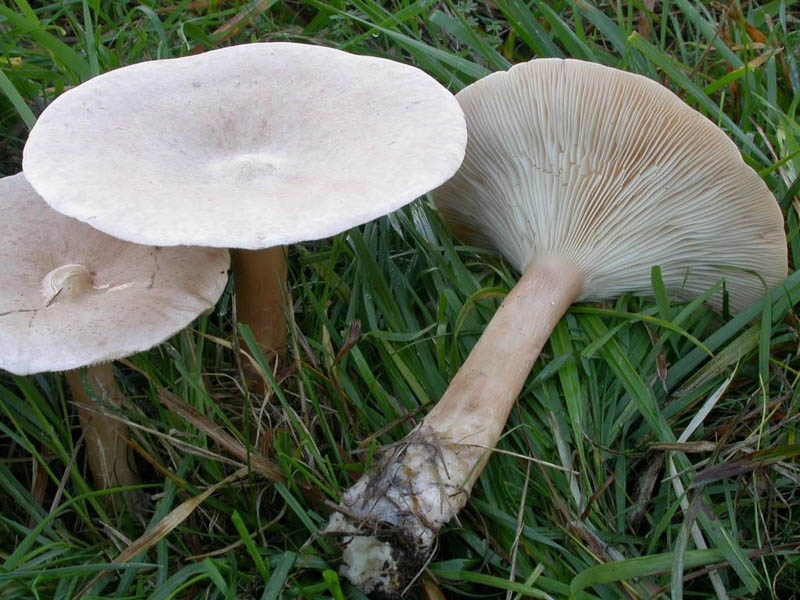
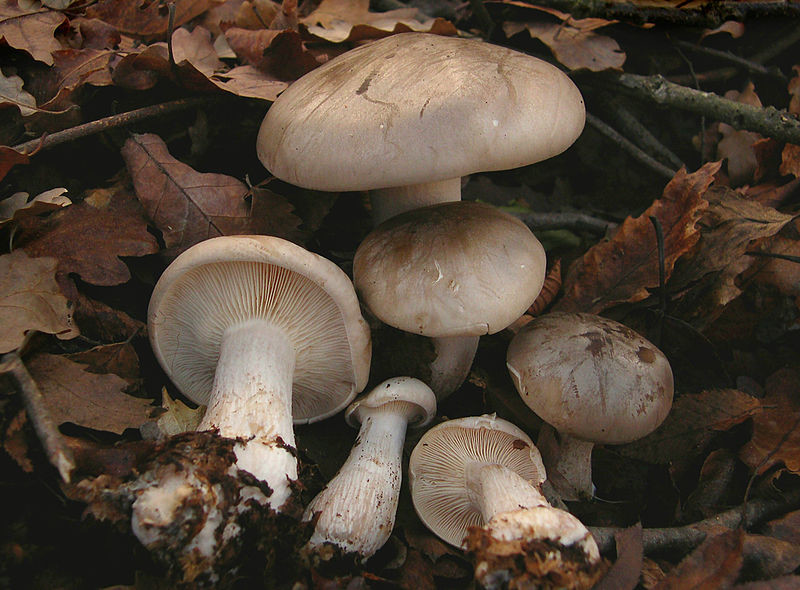
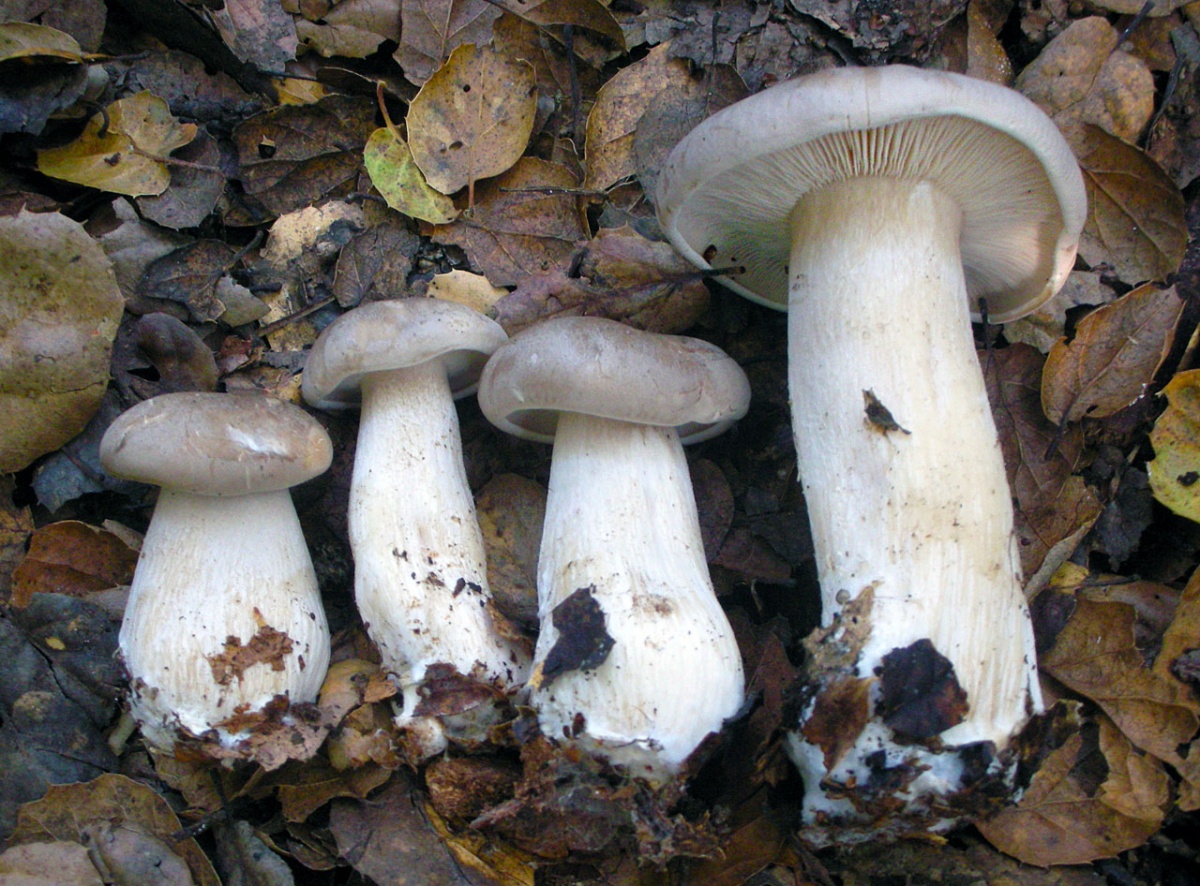
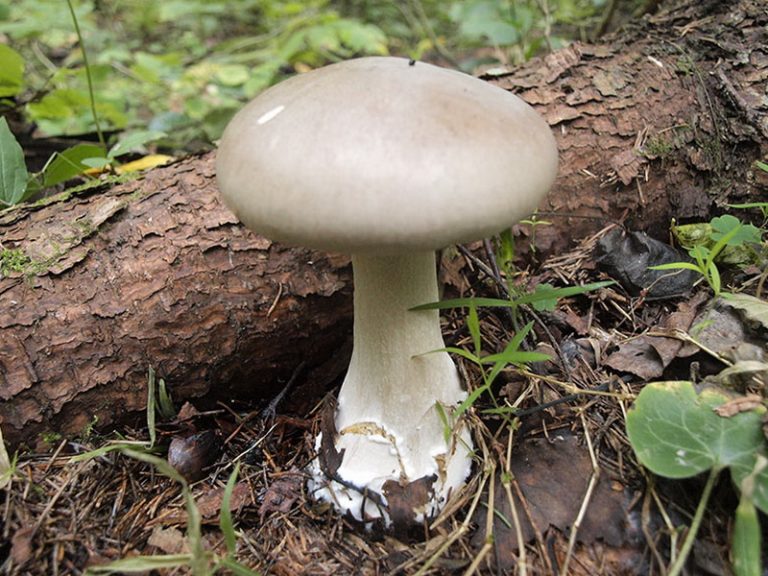
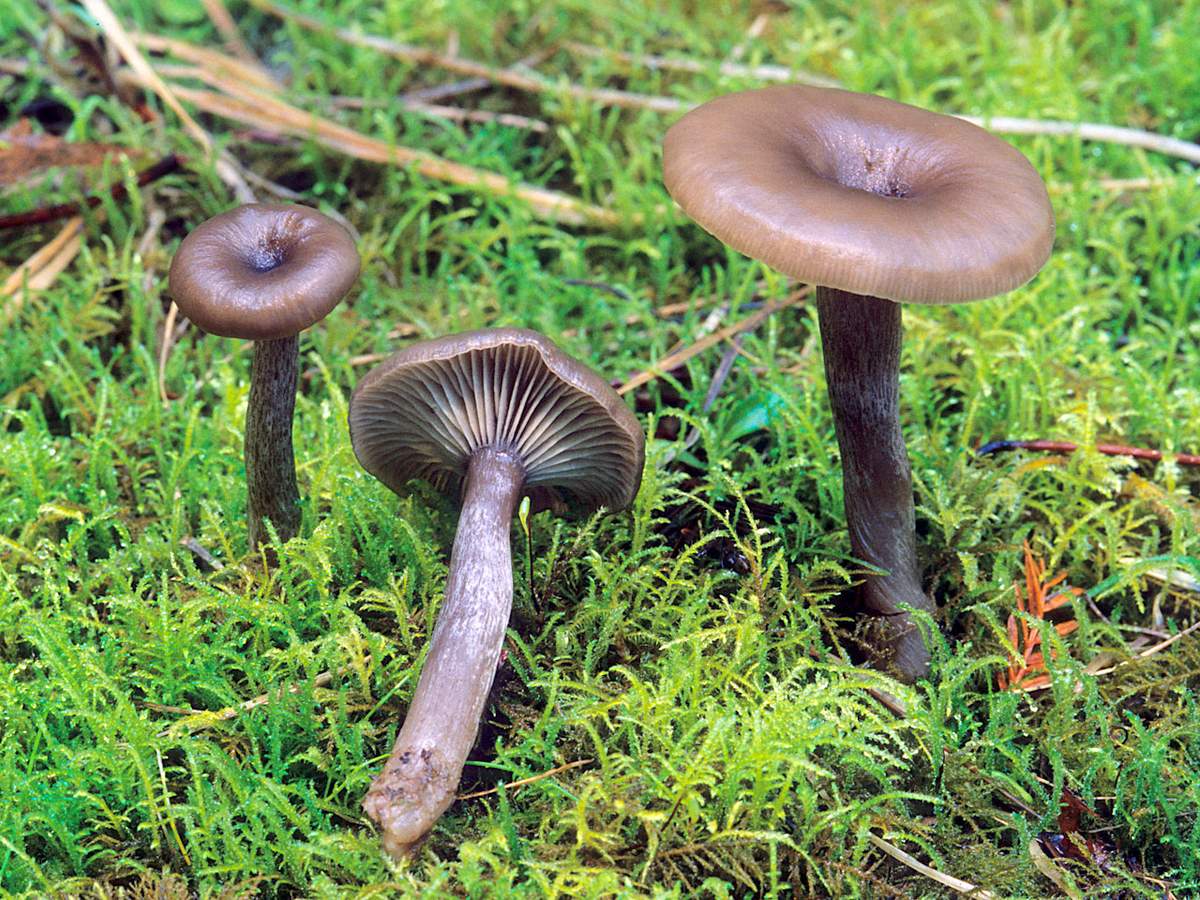
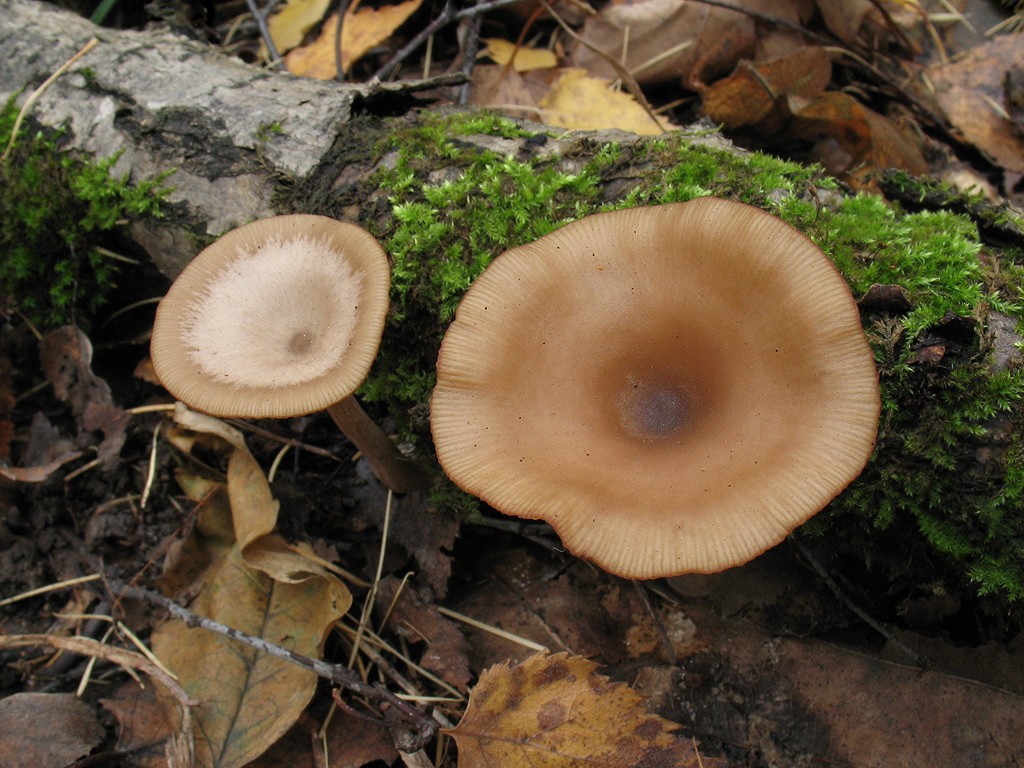
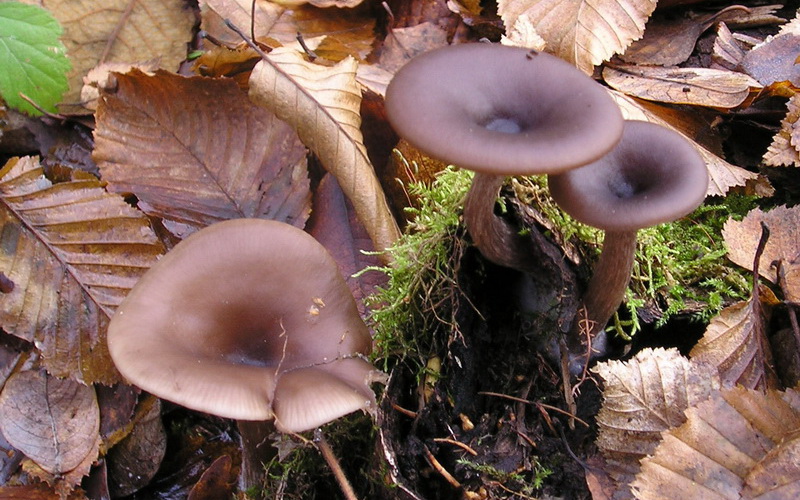
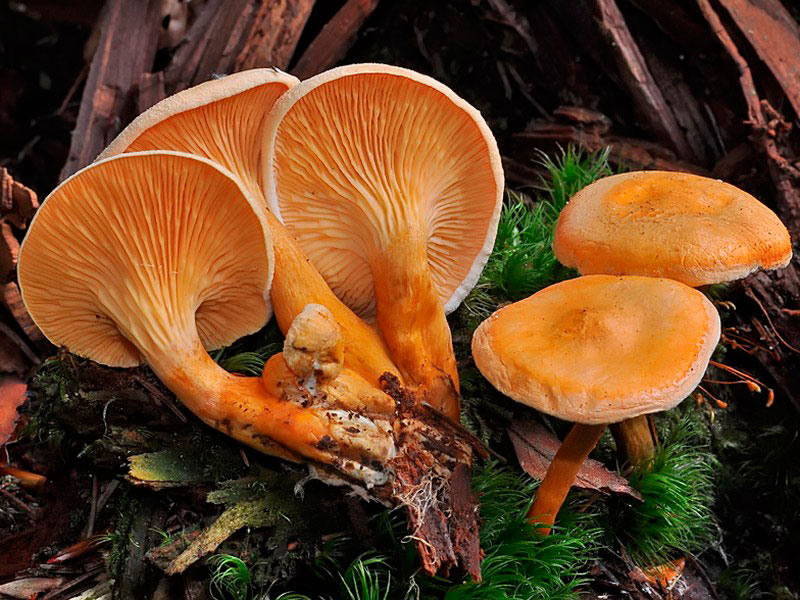
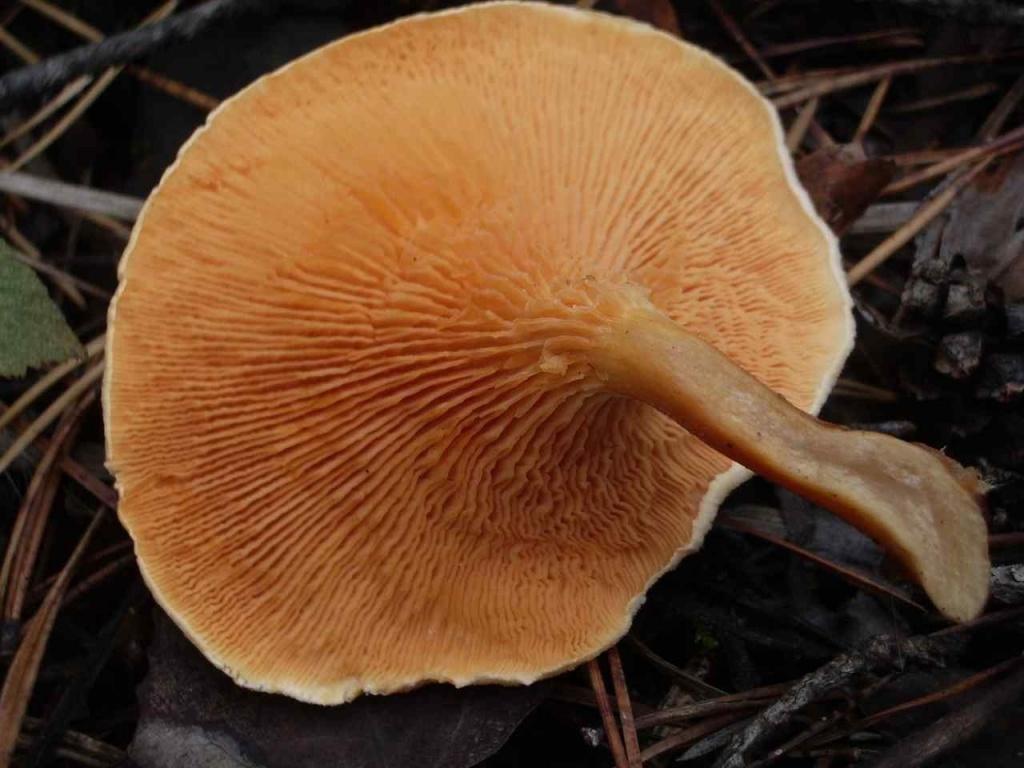
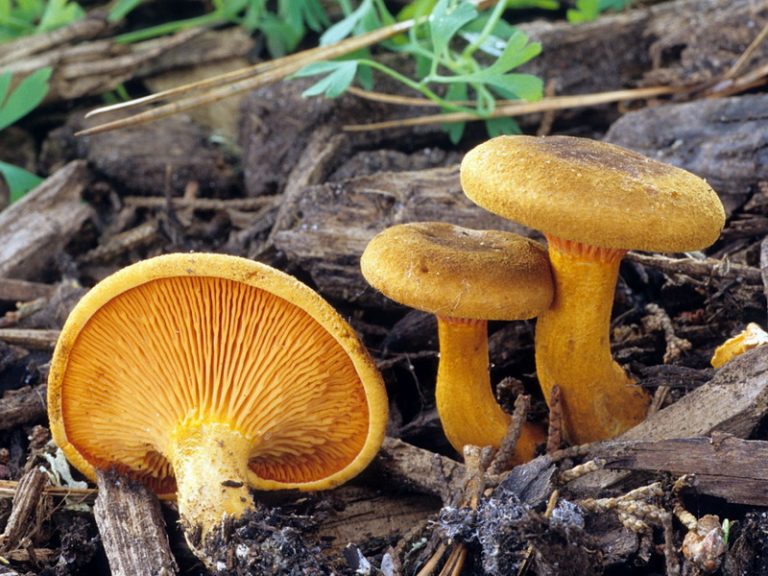
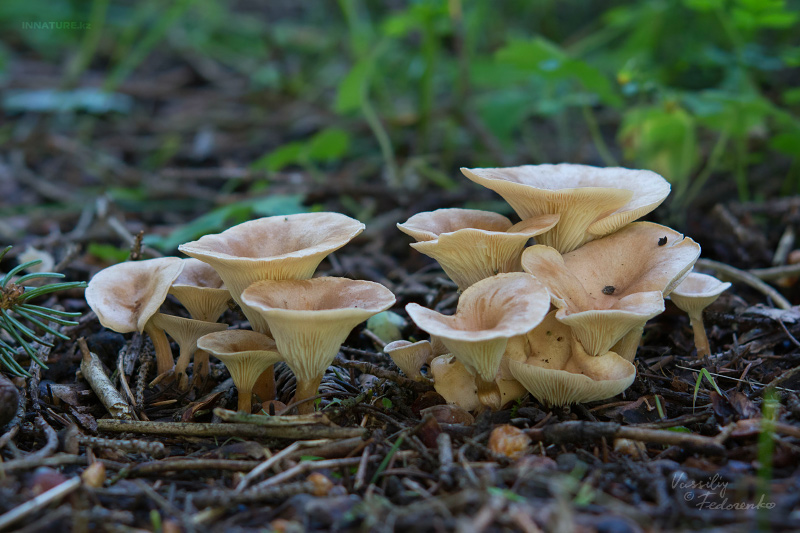
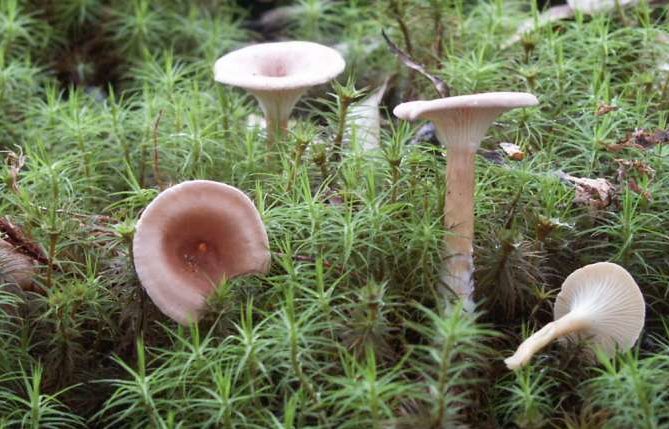
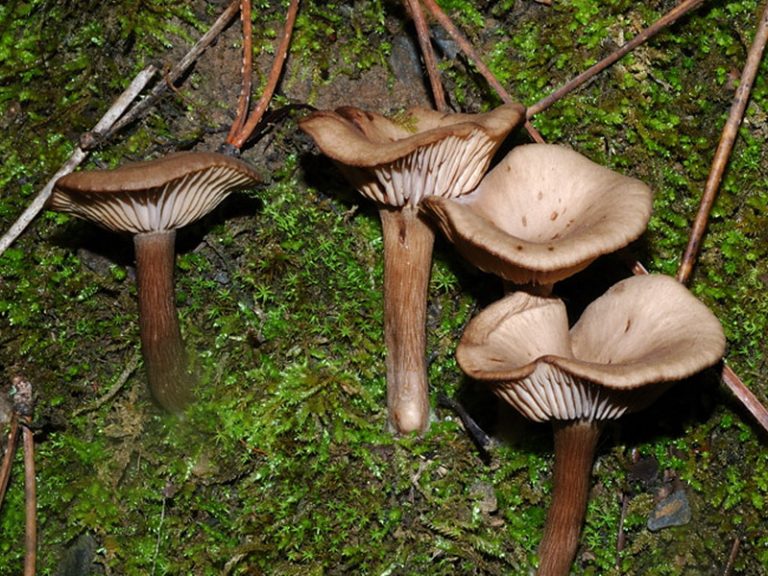



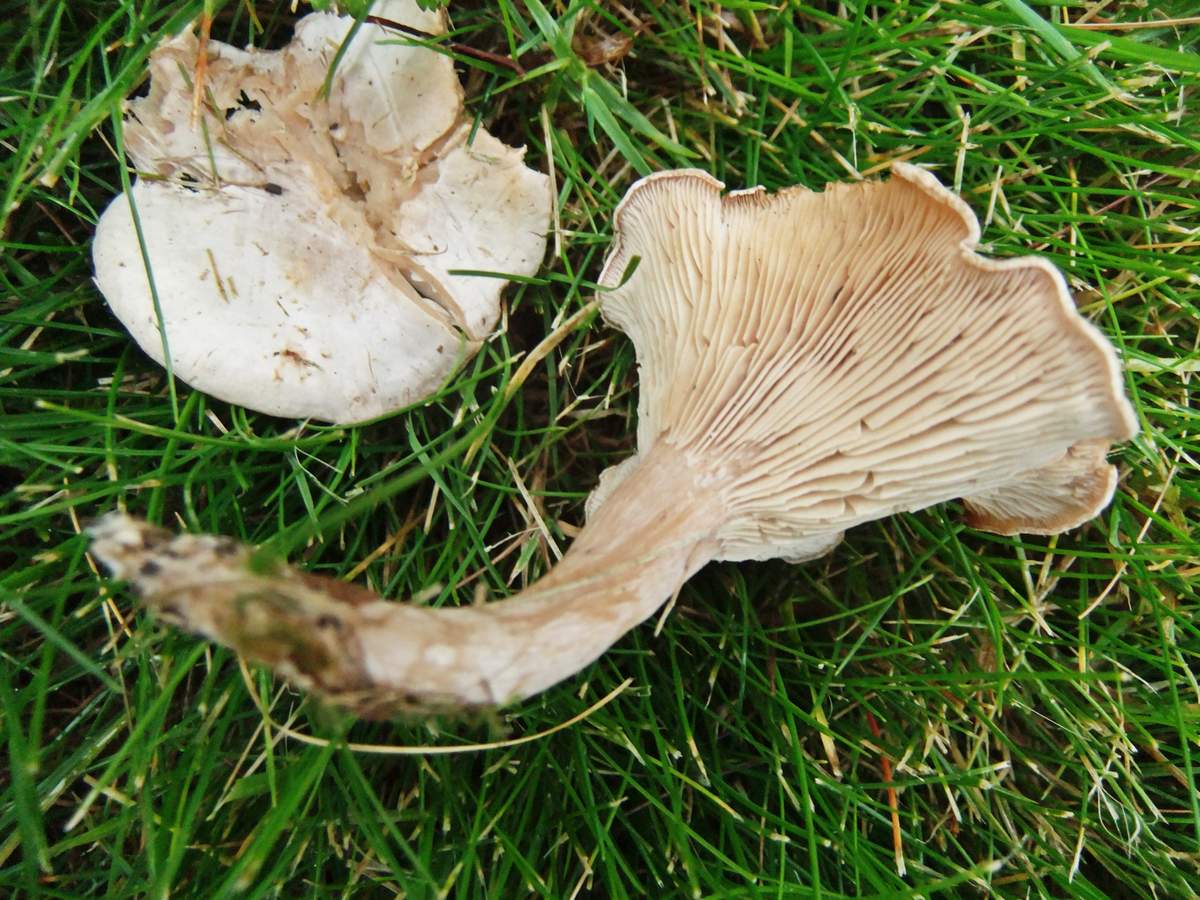
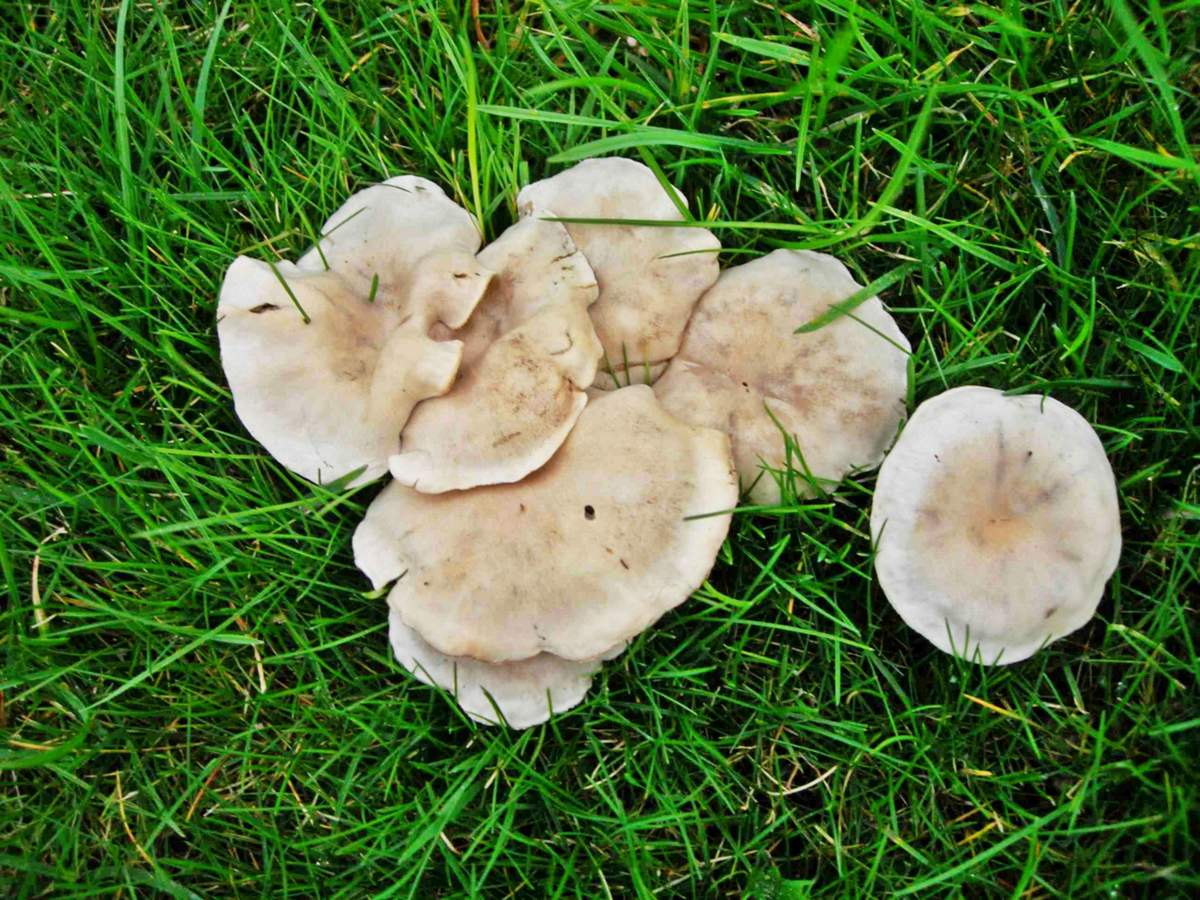
 Care and use of Kombucha at home (+22 photo)
Care and use of Kombucha at home (+22 photo) Edibility of the fungus of the motley umbrella and its description (+19 photo)
Edibility of the fungus of the motley umbrella and its description (+19 photo) Description of edible and inedible oils, their poisonous counterparts (+40 photos)
Description of edible and inedible oils, their poisonous counterparts (+40 photos) Useful properties of milk mushroom and its contraindications (+17 photos)
Useful properties of milk mushroom and its contraindications (+17 photos)